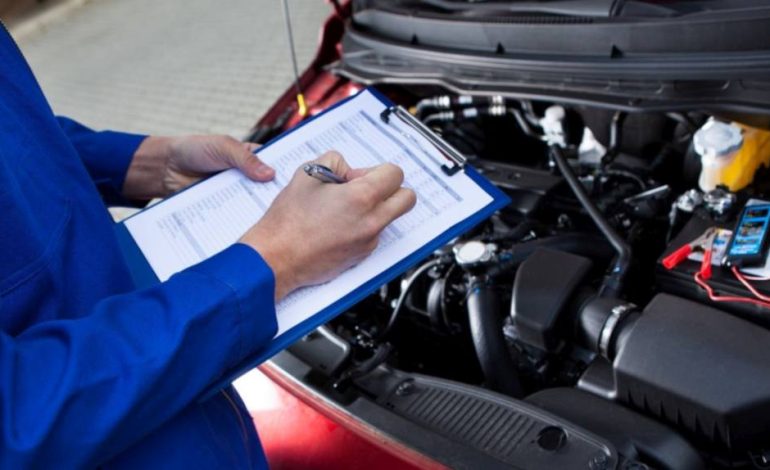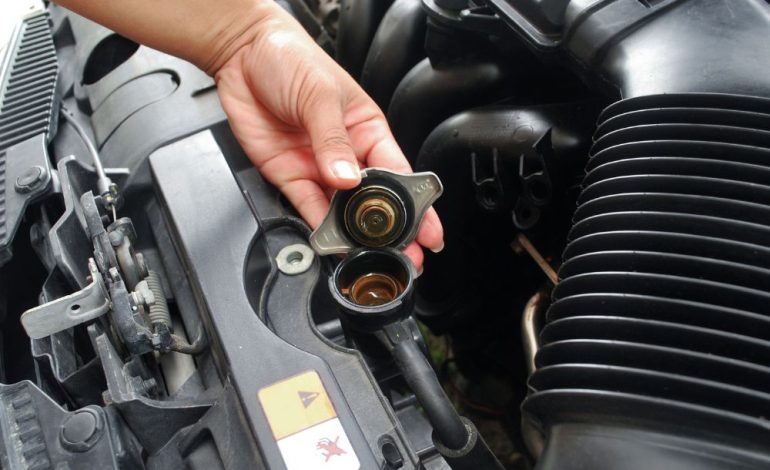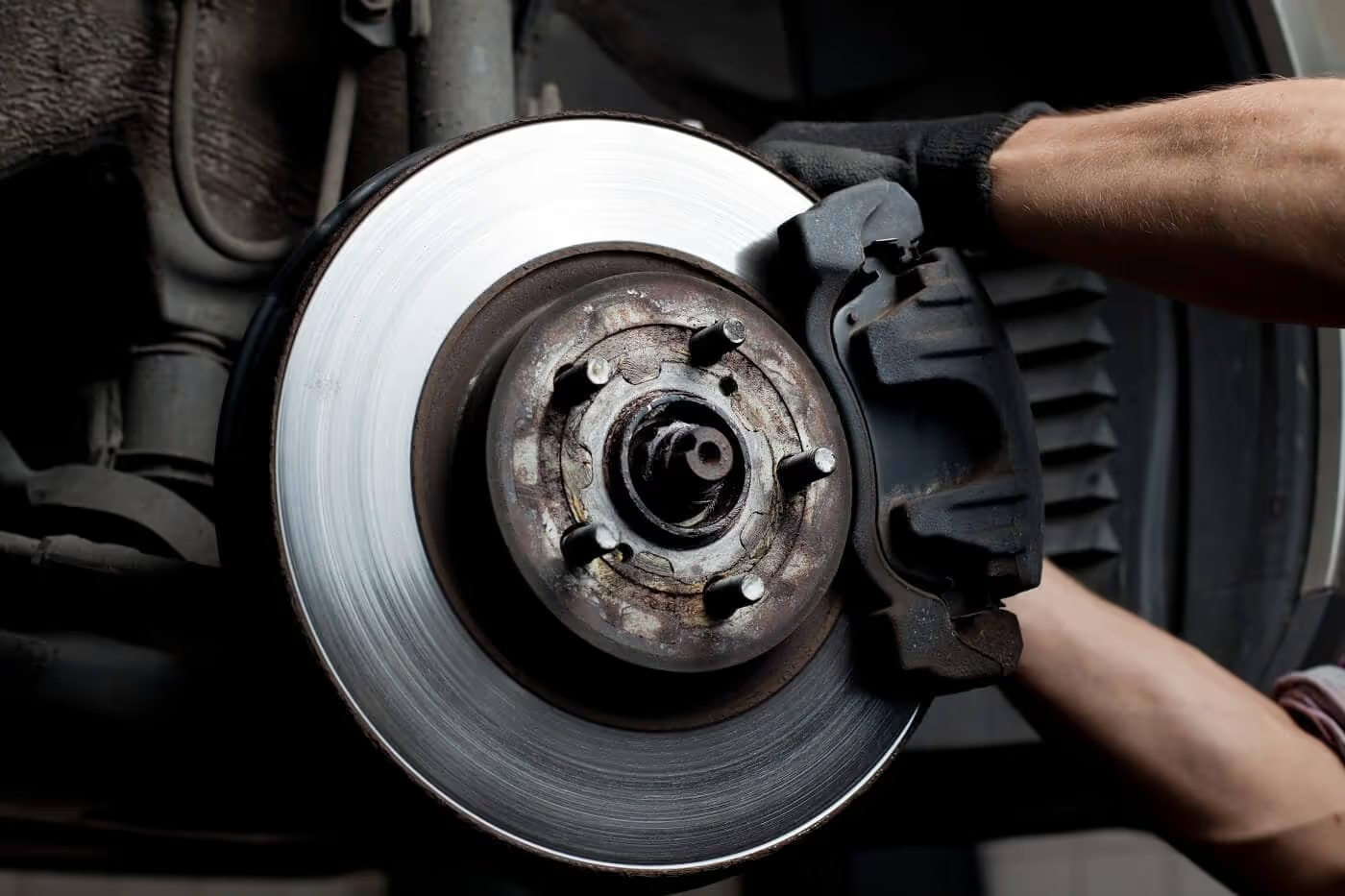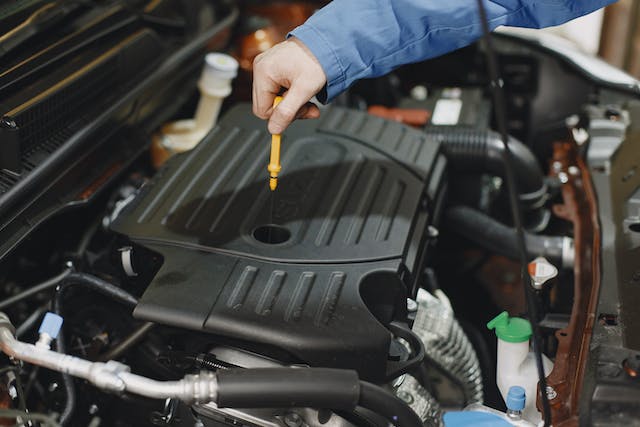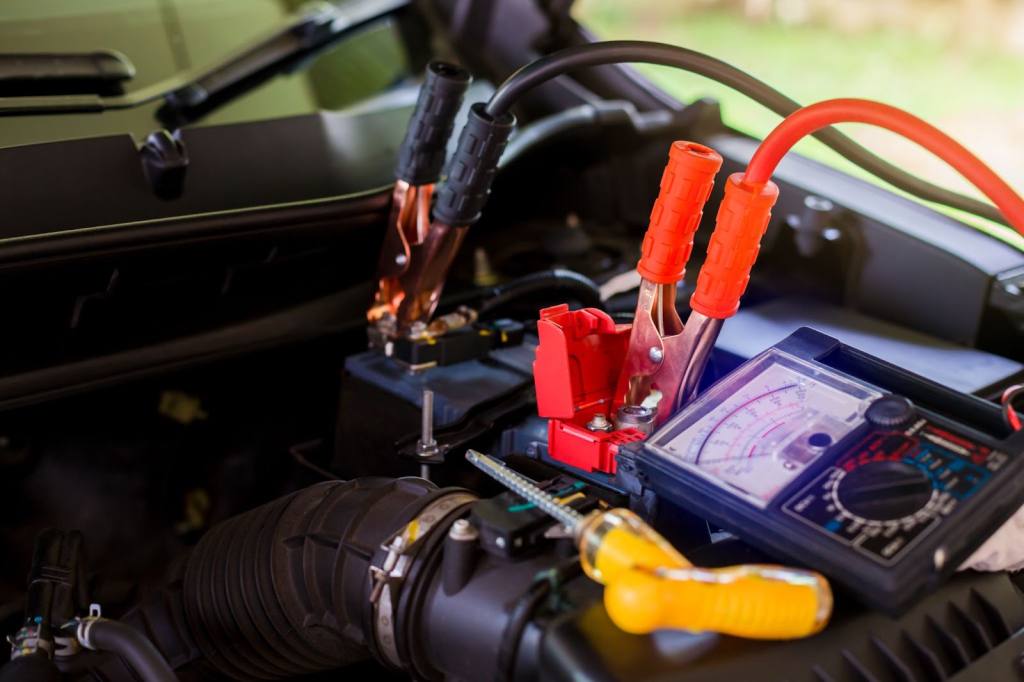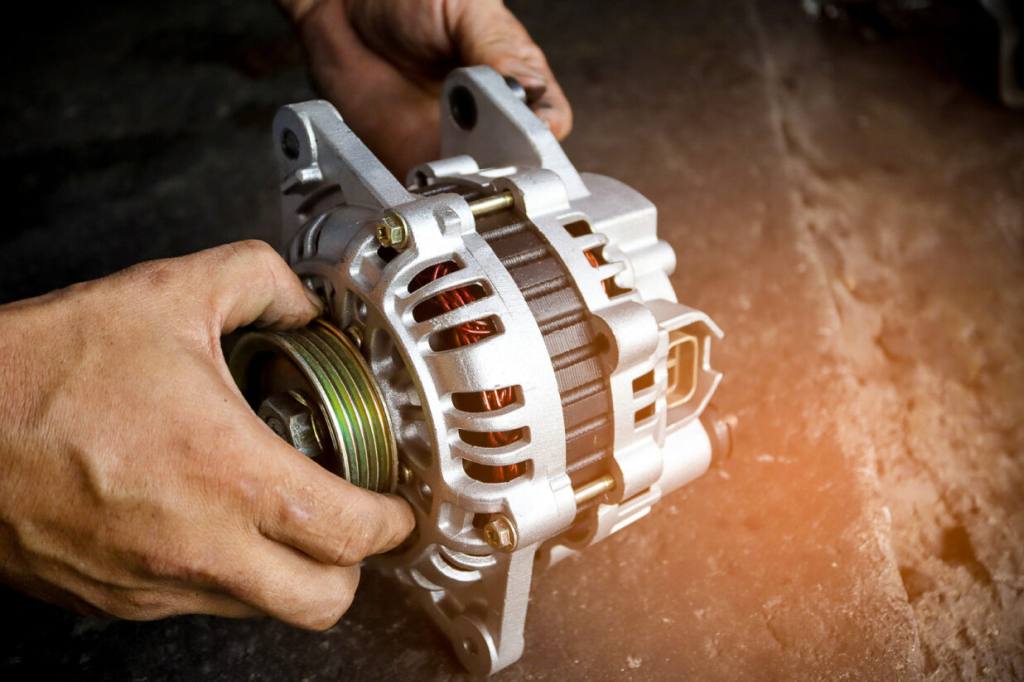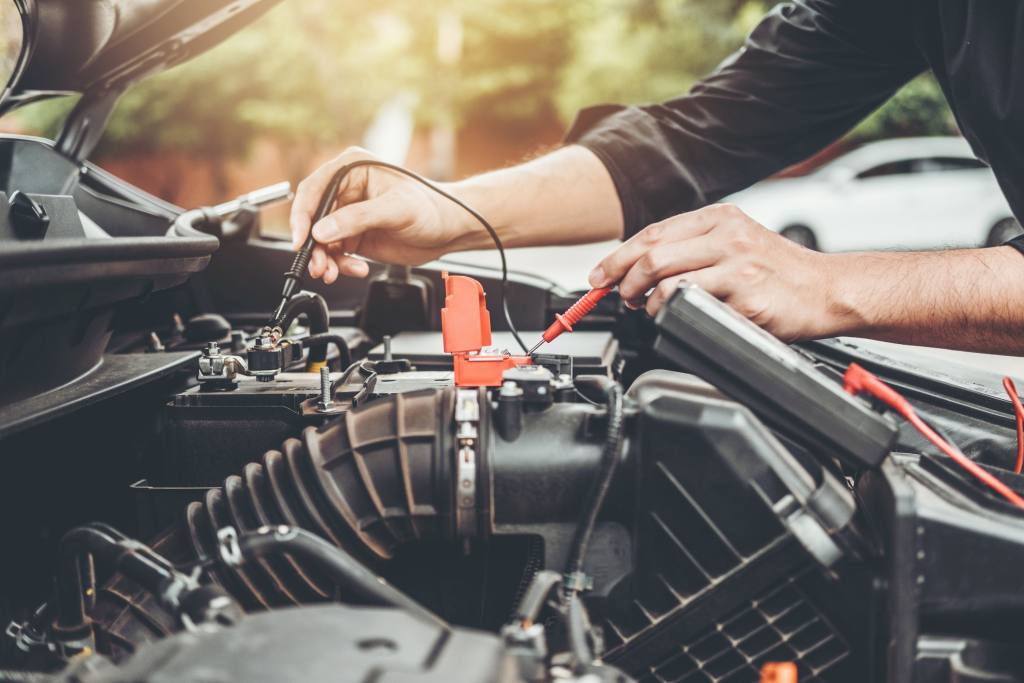Tips for Maintaining Your Car’s Cooling System
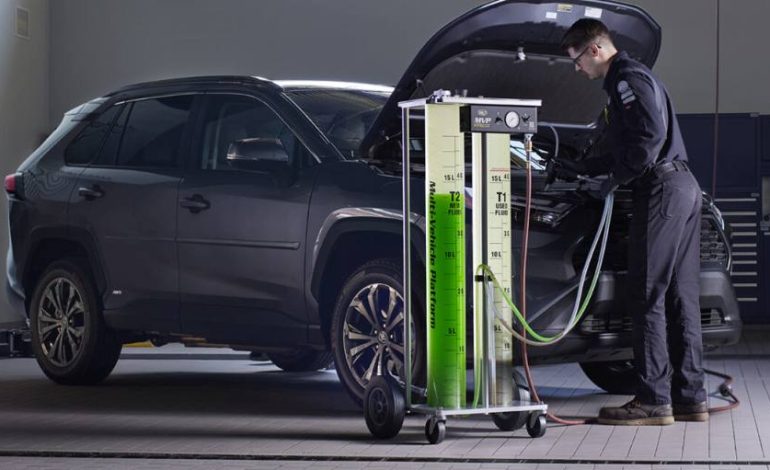
Proper maintenance of your car’s cooling system is essential for the longevity and performance of your vehicle. The cooling system prevents your engine from overheating, which can cause serious damage if neglected. Understanding how to maintain this system not only saves you money in the long run but also keeps your car running smoothly. This guide provides useful tips to help keep your vehicle’s cooling system in top shape.
Regularly Check Coolant Levels
Coolant, also known as antifreeze, is the lifeblood of your car’s cooling system. It circulates through the engine, absorbing heat and preventing the engine from overheating. Over time, coolant levels can drop due to leakage or evaporation, making it crucial to regularly check these levels. Most vehicles have a coolant reservoir tank that is easily visible when you open the hood. Make sure the coolant level is between the ‘MIN’ and ‘MAX’ marks on the reservoir. It’s advisable to check levels when the engine is cold to avoid burns. Low coolant levels should be topped up immediately, following the manufacturer’s recommended type and mixture ratio for your vehicle.
Inspect Hoses and Belts
Hoses and belts play a vital role in the cooling system. They transport coolant to and from the engine and are responsible for driving the water pump, which circulates the coolant. Over time, these components can wear down, crack, or get damaged. A visual inspection of hoses can help identify swelling, softening, or brittleness, while belts should be checked for cracks, fraying, or glazing. Replacing worn-out hoses and belts promptly prevents leaks that could lead to overheating. Keep a schedule for periodic inspections, possibly aligning them with your regular oil changes.

Flush the Radiator Periodically
Flushing the radiator is an often-overlooked maintenance task but is essential for the efficient functioning of the cooling system. Over time, contaminants such as rust, scale, and debris can accumulate within the radiator, hindering the flow of coolant. A radiator flush involves draining old coolant, cleaning the system with a specialized flush solution, and refilling it with fresh coolant. This process should be done periodically, as recommended by your vehicle’s manufacturer, typically every couple of years. Regular flushing not only prolongs the life of the radiator but also enhances the overall performance of the engine cooling system.
Monitor Your Temperature Gauge
Paying attention to your car’s temperature gauge can be a lifesaver. This gauge is your first indicator of any potential issues with the cooling system. It’s normal for the gauge to hover around the middle while driving, indicating that the cooling system is functioning correctly. However, a reading that consistently trends toward the high end or fluctuates unpredictably could be a sign of a problem that needs immediate attention. When you notice unusual temperature readings, check for coolant leaks, clogged radiators, or failing components, and consult with a professional mechanic if necessary.
Conclusion
Maintaining your car’s cooling system is a vital component of vehicle upkeep. By regularly checking coolant levels, inspecting hoses and belts, flushing the radiator, and monitoring your temperature gauge, you can prevent major mechanical failures and extend the life of your car. Regular maintenance not only ensures your vehicle operates efficiently but also provides peace of mind while driving. Staying informed and proactive can prevent small issues from turning into costly repairs, keeping your car running smoothly for years to come. Remember, a well-maintained cooling system is key to avoiding unexpected breakdowns and achieving optimal engine performance.

